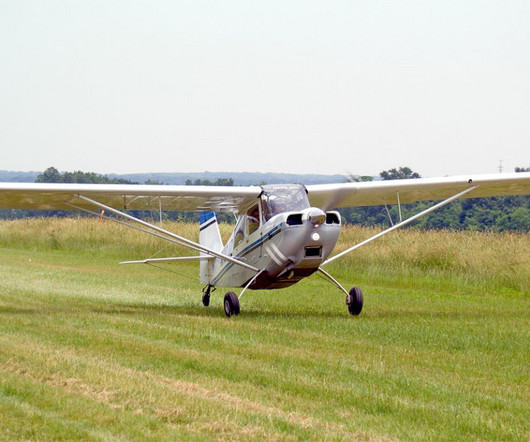What Is Ground Effect?
Pilot Institute
OCTOBER 2, 2024
It’s not magic—it’s ground effect. When you’re flying near the ground, within one wingspan, the aerodynamic forces start to change. Ground effect is a phenomenon that every pilot must master. Key Takeaways Ground effect increases an aircraft’s lift and decreases drag. You feel in control.












Let's personalize your content